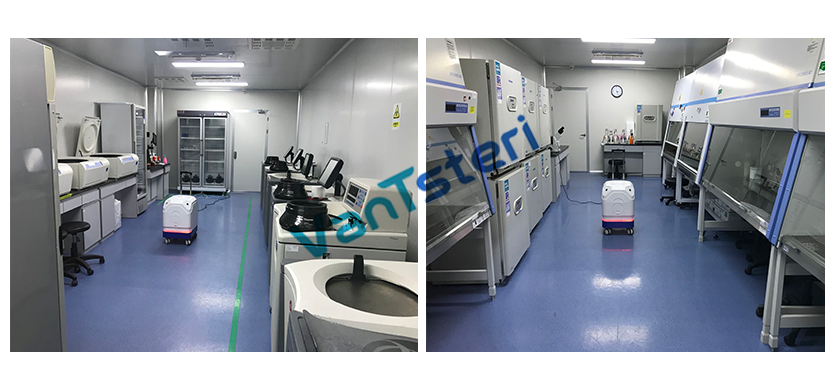Control of microbial contamination in cell preparation
- Addtime: 2025-07-25 / View: 141
Current status of cell preparation contamination
Cell culture technology is widely used in scientific research, teaching, clinical experimental research, and cell therapy product production. In 2025, the Food and Drug Review and Inspection Center of the State Food and Drug Administration issued the "Guidelines for the Inspection of Cell Therapy Product Production". In the production of cell therapy products, large-scale cell culture has very high requirements for aseptic operation and technology. According to the survey of the Mycoplasma Key Laboratory of Jiangsu Veterinary Research Institute, the mycoplasma contamination rate of cell culture is 15%~35%, and some reports are as high as 65%~80%.
Microbial contamination is easy to cause in large-scale cell culture operations, including bacterial contamination, fungal and mold contamination, viral contamination and mycoplasma contamination.
Bacterial contamination: Bacterial contamination is the most common type of microbial contamination in cell culture. Bacteria are tiny and simple in shape. They belong to the single-cell microorganisms of the prokaryotic kingdom. Bacteria generally come from the operating environment of cell culture and rarely come from contaminated culture fluid and serum. Bacteria grow and reproduce very quickly, and can even reproduce for one generation. Bacteria not only consume a lot of nutrients in their growth and reproduction process, but also produce a lot of toxins. Nutritional depletion and toxin attacks are important causes of the death of contaminated cells.
Fungal contamination: Fungi are eukaryotic microorganisms that are dozens of times larger than bacteria. They are highly resistant to drying, sunlight, ultraviolet rays, and some disinfectants. Contaminated yeast cultures are similar to bacterial contamination. Round or ovoid yeast can be observed under an inverted phase contrast microscope. When the culture flask is opened, a fermentation odor like wine or acid can be smelled. Contaminated mold cultures can be observed under an inverted phase contrast microscope. Mycelium growing like branches can be observed. When it grows luxuriantly, it can be seen with the naked eye. It looks like a ball of cotton wool.
Viral contamination: A virus is a microorganism that can pass through a bacterial filter. Its size is measured in nanometers. It cannot independently use external nutrients for self-reproduction. Viral contamination in cell culture can come from latent infection of the original host cell or it can be brought in by the staff's negligence in the culture operation using bottles that have not been sterilized.
Mycoplasma contamination: Characteristics of mycoplasma. Mycoplasma, also known as mycoplasma, is a microorganism between bacteria and viruses in size. Its diameter is about 0.2um. It has no cell wall except for a ring-shaped molecule and ribosomes. Mycoplasma membrane is more flexible and has strong resistance to physical factors such as pressure, osmotic pressure, and dehydration. It has a high degree of heteromorphism. A small part can pass through conventional sterilization filter membranes. These characteristics of mycoplasma have become the most contaminant microorganisms in cell culture and the most difficult to handle pollutants.
Fantong Cell Contamination Solution
Pollution Traceability: Fantong engineers assist customers in detecting and identifying the types of microorganisms that contaminate products. Find the types and sources of microorganisms. Through aseptic sampling, separation and culture, observe the morphology with a microscope, conduct 16S/ITS gene sequencing comparison database to identify the types of microorganisms, and analyze their possible sources in combination with the source table.
Develop solutions: Develop Fantong's independently developed GHP disinfection technology, which can effectively kill bacteria, spores, mycoplasmas, and mold spores without causing damage to process equipment.













